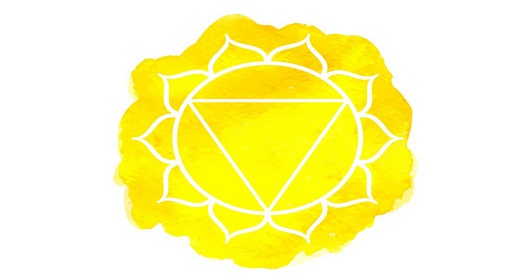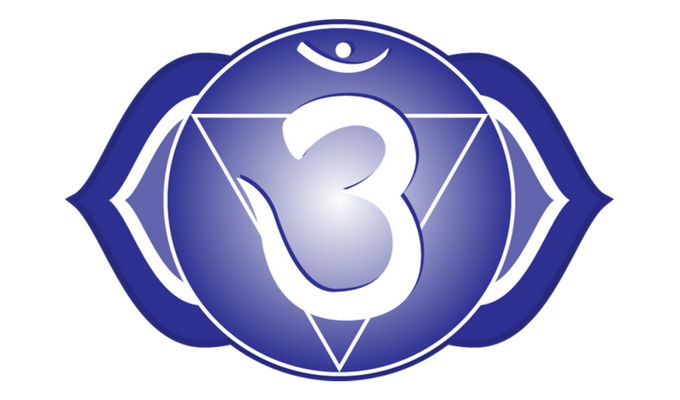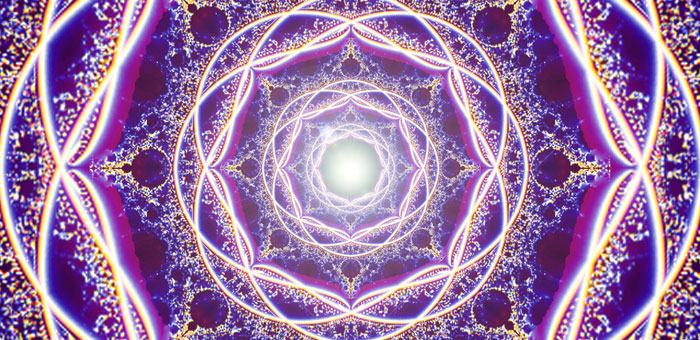
In Sanskrit, the word chakra literally means wheel or disk. In the art of ancient Ayurveda teachings, the chakras are seven energy wheels that exist throughout the body. These swirling wheels of energy or prana (life force) align the spine, starting at the bottom of the tail bone and ending at the crown of the head. When the chakras are open, unblocked and spin freely, we feel healthy, vibrant and happy.
Each chakra relates to a vital nerve center in the body. It contains essential nerves and major organs, as well as our physical, emotional and mental wellbeing. It is necessary for us to keep our chakras open and flow freely so that we, in turn, are free and live in a state of flow. To do this, we have to realize the connection between specific physical ailments and the chakra it relates too. For example, if you are keeping silent about something you disagree with, you may develop a sore throat or lose your voice. Recognizing the connection will help you to heal faster, physically and emotionally.
Chakra Overview
- Muladhara: The Root Chakra
The first chakra situated at the base of the spine and has a red color. This chakra is about stability, security and encompasses our basic needs. It relates to our very deepest fears, and when it is open, we feel fearless and safe.

- Svadhisthana: The Creativity Chakra
Orange in color, this chakra acts as our sexual and creative cent. It is located just below the belly button and is responsible for our creative expression.

- Manipura: The Solar Plexus Chakra
Located from the navel to the breastbone, and is yellow. Manipura is our source of personal power and self-esteem. When open, we feel self-confident and purposeful.

- Anahata: The Heart Chakra
The green heart chakra unites the first three chakras of physicality and the upper chakras of spirituality. Anahata is the bridge between our minds, bodies, and spirits.

- Vishuddha: The Throat Chakra
It is our source of verbal expressions. It is blue in color and situated in our throat. This chakra relates to our ability to speak our truth.

- Ajna: The Third-Eye Chakra
Ajna is our intuition. It sees the truth in all situations, perhaps even before we realize it. Intuition is something that exists in all living beings, including humanity. When we focus on Ajna, we can learn to heed its warnings and listen effectively.

- Sahasrara: The Crown Charka
Also known as the lotus, the final chakra is centered at the crown of the head. It serves as our connection to the spiritual world to something bigger than ourselves.

We are in a constant flux between balanced and unbalanced chakras, similar to trying to hold tree pose in a sweaty yoga class when your foot keeps slipping down your yoga pants. By better understanding our chakras, we can relate this balance, first to our bodies, then to our mindset and our lives. Ultimately the chakras show us that there is no separation between body, mind, and life and that which exists in one, will also be present in the others. This kind of perspective protects us from situations that will affect our wellbeing and teaches us how to live in harmony with the environment around us.



